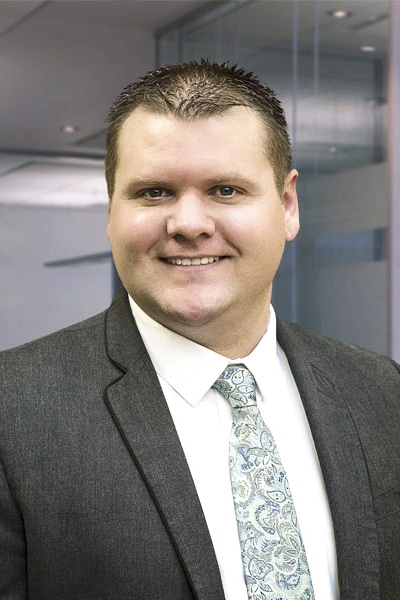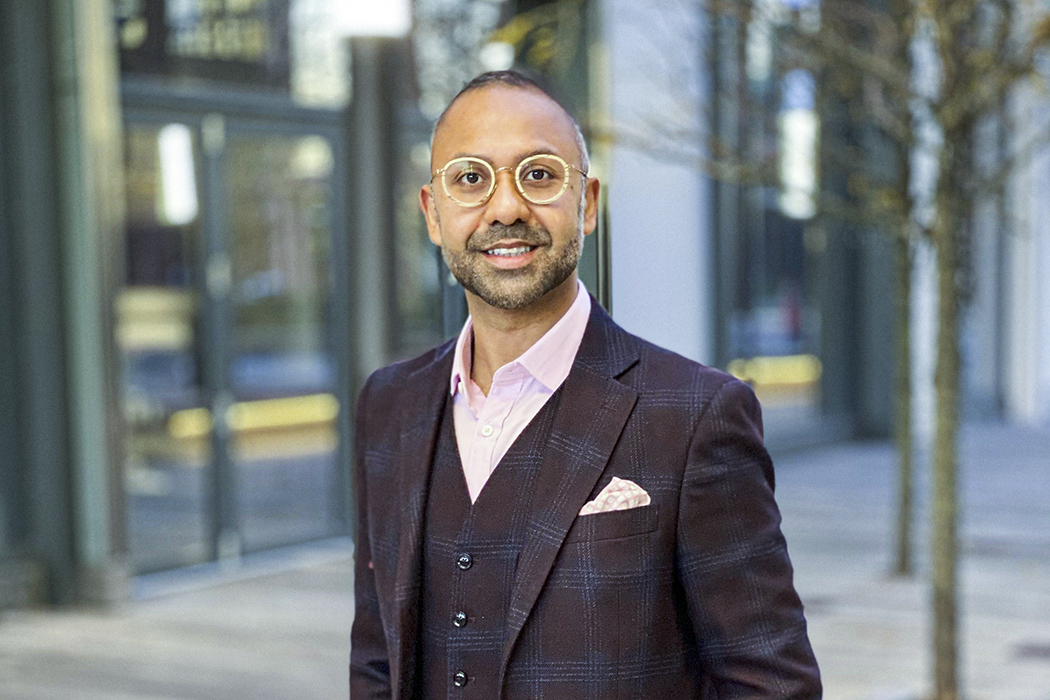|
Getting your Trinity Audio player ready...
|
Roughly 110 million Americans are covered under value-based care (VBC). Risk adjustment is a significant component to VBC success; all covered lives have an estimated cost of care, and each patient has a unique “risk adjustment factor” based on various conditions, which acts as a multiplier of that estimate. The sicker the patient, the greater their maximum reimbursement.
If the cost of care comes in under that maximum, the difference is shared as revenue between the federal government and the health plan or provider organization (health systems and physician practices), whichever has assumed risk for that patient. This financially incents organizations to provide thorough care at a lower cost. And it’s working—value-based care has grown exponentially in recent years.

Risk adjustment is complex for the CMS (Centers for Medicare & Medicaid Services) to administer, though. In order for organizations bearing risk to receive an accurate reimbursement, they must report the precise code or codes that match the full breadth of conditions documented for each patient visit, each year.
To do so, professional coders must interpret each visit’s data to submit the correct codes for each encounter. The clinical evidence for accurate codes is often in unstructured, difficult-to-access data. That’s where Health Fidelity’s software platform Lumanent comes in.
Lumanent simplifies risk adjustment for providers and payers by parsing unstructured clinical data (including physicians’ notes), highlighting areas where over- or under-coding has occurred (with the associated clinical evidence), and sending to a coder for review. The technological key to the company’s product is a natural language processing (NLP) engine, a form of artificial intelligence, says Adam Gronsky, chief innovation officer for Health Fidelity.
“Our NLP is one of the few purpose-built to process clinical data. Since its inception, it’s ingested 107.7 million separate clinical records, each contributing to its maturation,” Gronsky says. “Years ago, only payers paid attention to risk adjustment via a retrospective (look back) model. As more organizations [like providers] adopt risk, we keep finding new applications for the engine and developing solutions to deploy it.”
Gronsky’s career path includes a master’s degree in healthcare administration and management, and a stint as senior product manager for the University of Pittsburgh Medical Center’s Technology Development Center from 2011 to 2015. His experience spans both sectors of healthcare—payer and provider—and he interacts with Health Fidelity clients directly.
His enthusiasm and knowledge clearly show how Gronsky has become a trusted advisor to many of them. These interactions motivate him to think beyond current offerings and consider ways to reshape how clinical risk is understood and managed. The aforementioned artificial intelligence component reads and understands written providers’ narratives describing interactions with patients and resulting findings and diagnoses.
“NLP can read and understand both unstructured data, which makes up 80 percent of all clinical data, and written paragraphs—even slang—and present it to a coder as evidence,” Gronsky says. This information cannot be accurately conveyed as structured data, simple checklists, or pull-down menus that computers can easily read. Many medical conditions are too nuanced and complex for that. For organizations dependent on clinical evidence to substantiate diagnosis coding, it enables population-wide reimbursement accuracy to be easily attained.
“You want to manage and treat the whole patient, not just the condition the patient is presenting with.”
The platform can also discover if a diagnosis is not supported by sufficient evidence, suggesting that it be deleted. This protects the organization from audits and saves taxpayer money. The platform does not automatically add or change coding, but rather empowers human coders to better use their own expertise.
Gronsky also oversees the application of machine learning to the tool, which allows the platform to improve over time. “The system learns based on end-user actions and data ingestion,” Gronsky says. “It identifies patterns indicating that certain codes are or are not accepted based on what is contained in case documentation, and it’s got a 95 percent acceptance rate for identifying the correct coding category.”
The platform’s Pre-Encounter Prep module goes beyond reimbursement. When a patient is scheduled for an appointment, the tool analyzes the patient’s documentation and notifies providers of any suspected but unconfirmed conditions.
“The system really shines in physician practice settings,” Gronsky says. For example, let’s say you are a physician that has been treating a patient for congestive heart failure and diabetes for three years. This patient then comes to your office with complaints suggestive of sinusitis. But, since the patient is suffering from those other serious chronic conditions, when the appointment is set, Health Fidelity’s Pre-Encounter Prep notifies the care team if those conditions require annual reconfirmation for complete and accurate risk capture. With that, you not only treat the sinus issue but also evaluate the patient’s status pertaining to the heart problem and diabetes. This is well-rounded medical practice.
“You want to manage and treat the whole patient, not just the condition the patient is presenting with,” Gronsky says. This is the goal of value-based care—treating the patient holistically rather than addressing only the most current acute issue. It’s a practice that should result in better patient care and reduced costs over the long run.
Since 2015, when Gronsky joined Health Fidelity, he has been immersed in a leadership role, driving innovation toward enabling payers and providers to more efficiently perform and leverage risk adjustment. The work is paying off. One major national health system increased its overall risk capture by nearly 15 percent over three years after implementing the Health Fidelity platform. That has resulted in a gain of $12 million compensation annually for the client, and significant savings for Medicare.
These shared benefits are just what the risk adjustment model is supposed to deliver, providing proof that Gronsky’s efforts are bearing fruit—and that there will be more to come.

